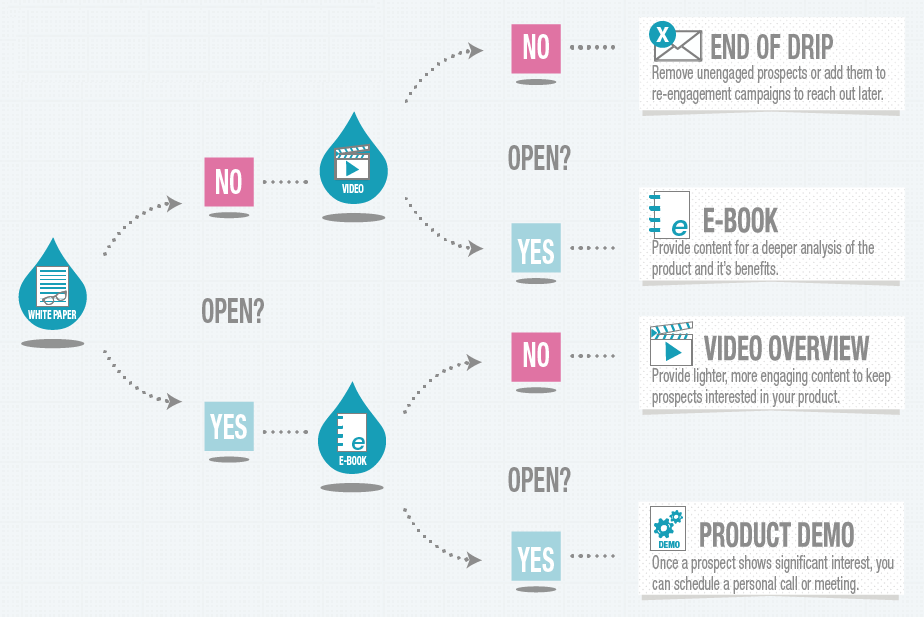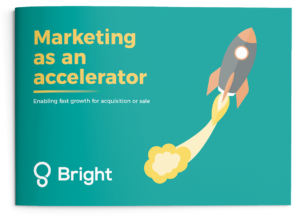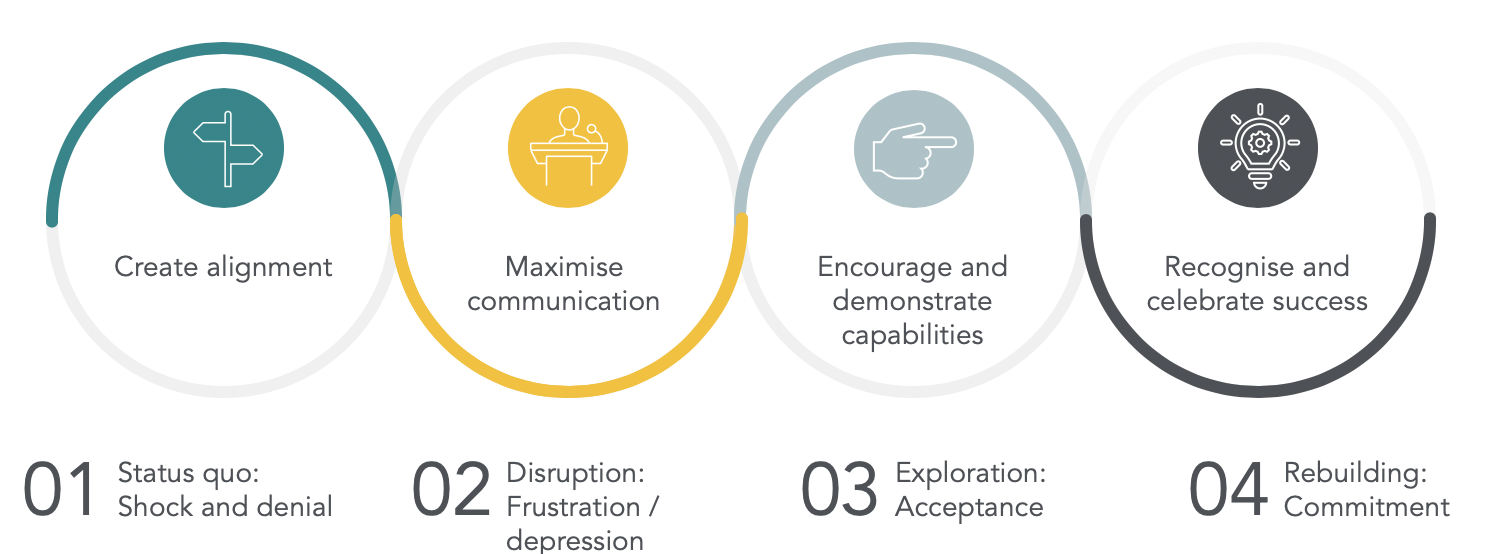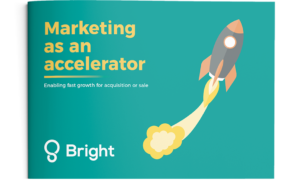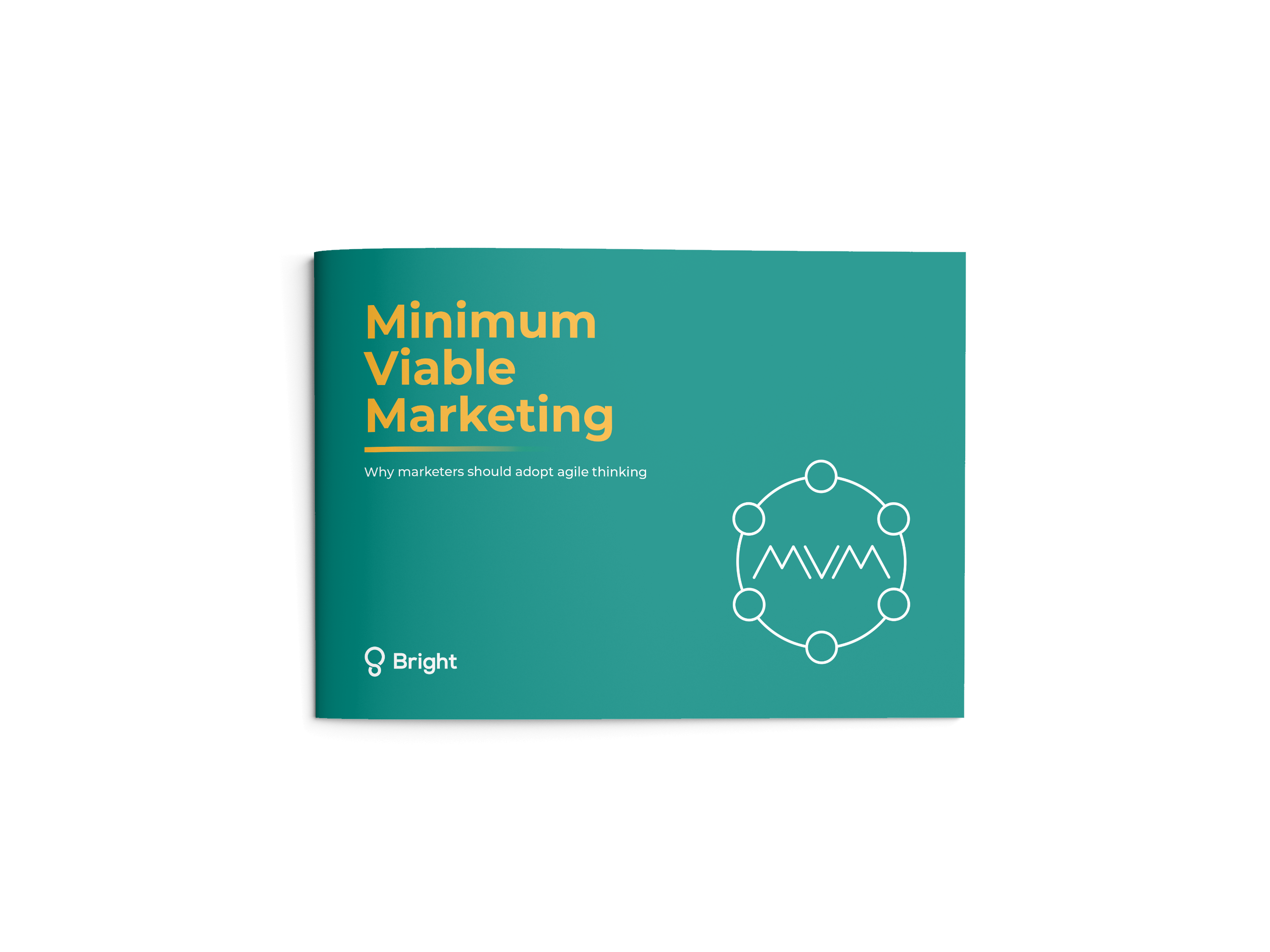Storytelling. It’s an art and a powerful business tactic.
According to Robert McKee – author, lecturer and story consultant,
“Storytelling is the most powerful way to put ideas into the world”
And he’s right. Stories, when told well, are capable of influencing your audience’s motivations, emotions and psychology. More so than brand linkage and logical persuasion techniques. They are more powerful than statistics, more compelling than business-case arguments and more memorable than facts.
And whilst the B2B world has been met with resistance when it comes to adopting a more emotionally-driven form of marketing, evidence suggests that B2B businesses have much to gain from taking on a more humanised approach.
Much of this resistance is based upon an assumption that the decision-making process of potential B2B clients and customers is analytical, slow and rational. B2C on the other hand are afforded the more emotionally evocative content – a style that suits the intuitive, involuntary and perceptual decision-making of your average consumer. But studies are beginning to show a different story…
Whilst the buying cycle remains distinct for B2C vs B2B, the people you’re talking to are not so different. Put simply, business people are still people. They just happen to be at work.
And just because they work doesn’t mean they suddenly enjoy being bombarded with emails after direct mail after LinkedIn InMail, littered with business lexicons, unnecessarily complex terminology and unexciting propositions.
People generally like to feel important, don’t like their time being wasted and love being entertained – regardless of being at work or chilling at home. But being entertained in the B2C world – Shetland pony moonwalking to Fleetwood Mac – and entertaining in the B2B arena are different kettles of fish entirely.
B2B storytelling in practice:
Storytelling in B2B is about evoking the right emotion within a business remit. Rather than focusing on humour, nostalgia and sadness, conjure feelings of trust, reliability, credibility and a sense of partnership. Storytelling is particularly well placed when your offering or service is complex and hard to rationalise in a handful of words.
Hewitt Packard (HP) 2017 advert – featuring the rather sinister Christin Slater – is a fine example of the data / technology industry using storytelling to remove themselves from the overly techie language and imagery that often plague B2B campaigns. It’s bold, engaging, cinematic, it has B2C written all over it – but it works.
It works because it has taken a run-of-the-mill subject matter and completely flipped it on its head. Rather than taking a predictable route, this 6-minute advert is fronted by a recognisable personality who leads you through a dark and witty narrative. It credits its audience with intelligence and lets them draw their own conclusion – making the content far more engaging and leaving the viewer feeling positive about their interaction. Brilliant.
Making the individual feel positive about their engagement with your brand is paramount to making B2B storytelling work. Research from CEB’s Marketing Leadership Council and Google found that when B2B purchasers saw personal value or opportunity, they are almost 50% more likely to buy a product or service. They also conclusively showed that emotionally-led marketing is more effective at driving decision-making in B2B – more so than in B2C marketing.
How do you start telling your story?
Bright is the consultancy inspiring businesses to tell their story and communicate the right message at the right time to the right people. We specialise in bringing together strategy, content, communications and delivery to create tailored marketing programmes that drive sustained growth and support business leaders in delivering on their objectives.
We do this by completing an initial diagnostic of your business to measure your current marketing effectiveness. Depending on your business objectives and marketing maturity, we would recommend a messaging workshop to better understand who your target audience is, what their pain points are and what style of content will best resonate with them. We also explore your industry’s challenges, looking at how your product or service can help solve these challenges and building a story around these components to better engage with your audience.
Your story will drive growth and demand.
Your audience just haven’t heard it yet.
Get in touch to book a meeting and start telling your story today.



